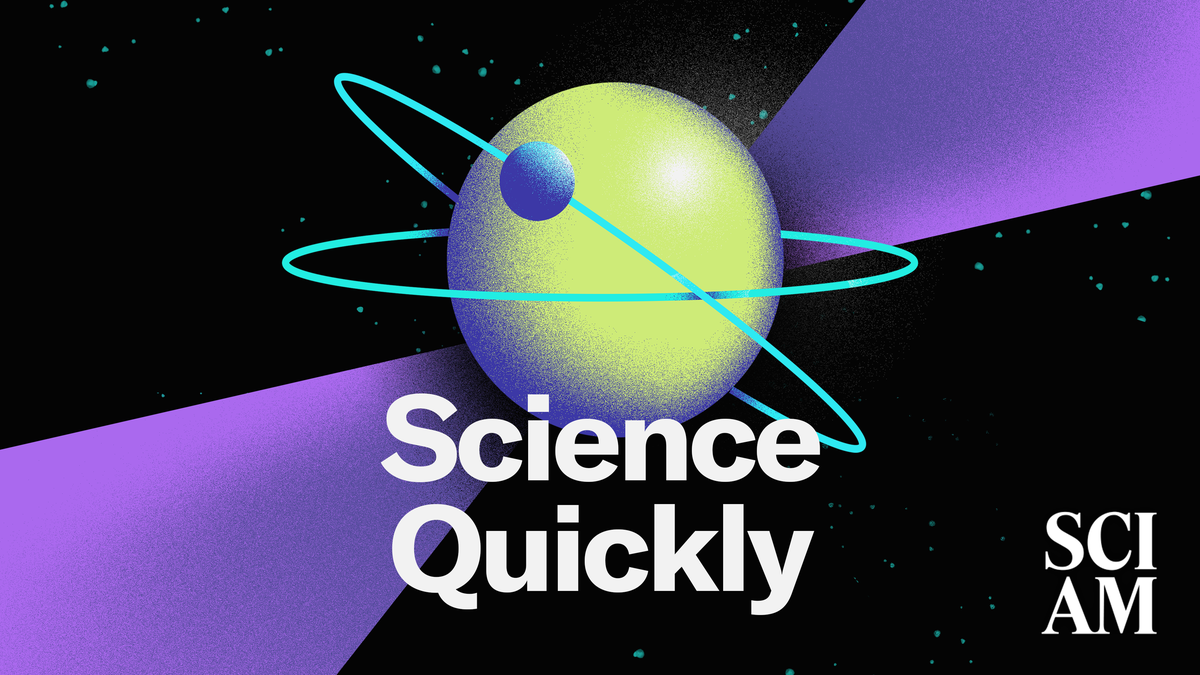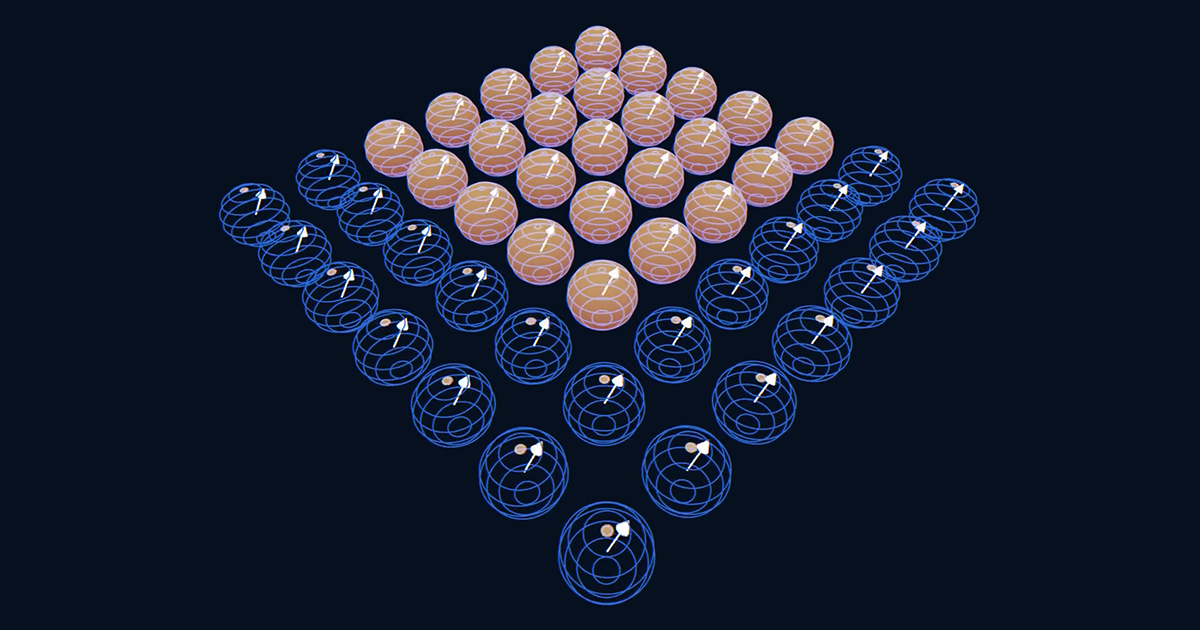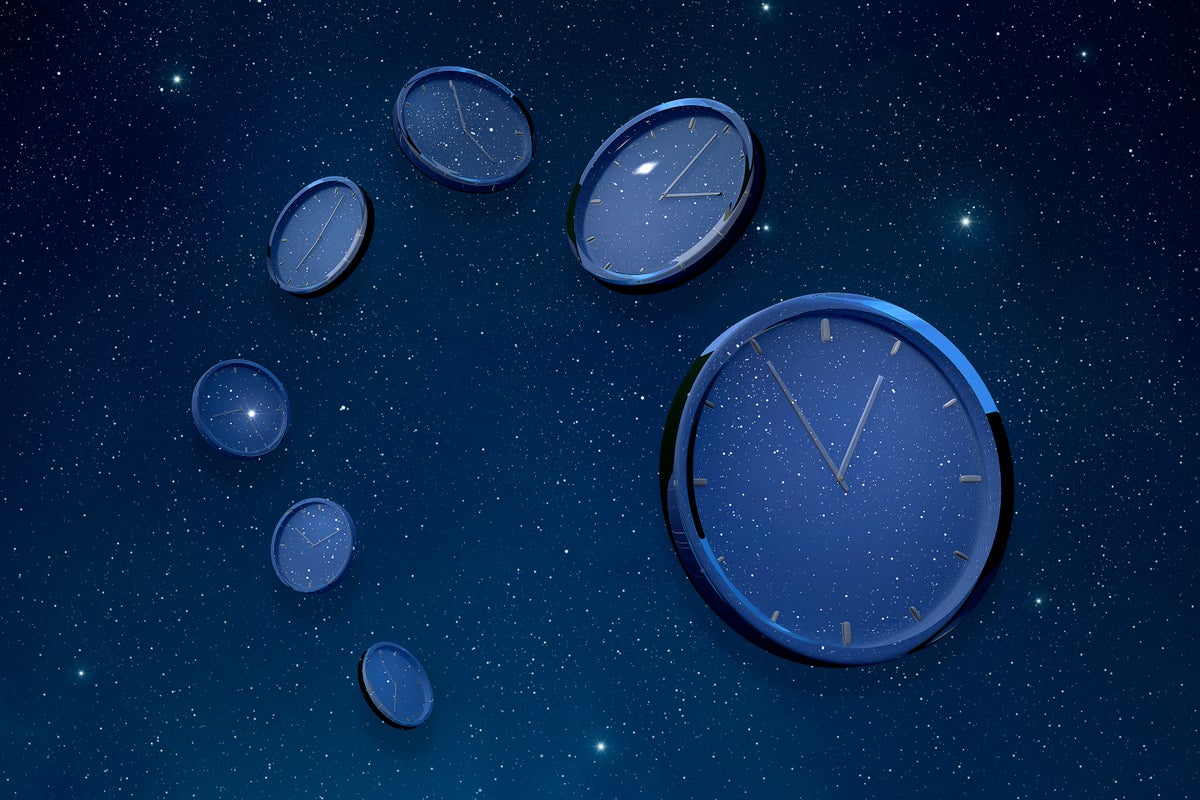[CLIP: Theme music] Rachel Feltman: For Scientific American’s Science Quickly, I’m Rachel Feltman. Plenty of us only think about insects when we’re trying to keep them out of our homes. But the truth is that our fates and fortunes are totally intertwined with all sorts of bugs. Here to tell us more is Barrett Klein,… Continue reading Insects Are More Than Just Pesky Pests
Category: Quantum Stuff
How Will We Know We’re Not Alone?
We have identified thousands of planets just in our neighborhood in the Milky Way, mostly from the way they impact their host stars. Basic calculations suggest that there are countless more across the galaxy, and that billions of them could potentially support life. But what kind of life they host, and how we would be… Continue reading How Will We Know We’re Not Alone?
Developing Expertise Improves the Brain’s Ability to Concentrate
November 13, 2024 5 min read Developing Expertise Improves the Brain’s Ability to Concentrate Expertise bulks up the brain’s ability to think deeply, a skill that may generalize across tasks By Hanna Poikonen edited by Daisy Yuhas Malte Mueller/Getty Images Think of the last time you concentrated deeply to solve a challenging problem. To solve… Continue reading Developing Expertise Improves the Brain’s Ability to Concentrate
How I Overcame Solastalgia
As I sit in my backyard in Abuja, Nigeria, looking out at the open landscape around me, I can’t help but feel a deep sense of loss. The rolling hills that were once vibrant with a rich carpet of wild ferns, daisies, lupines and goldenrods are now dotted with invasive species that have choked out… Continue reading How I Overcame Solastalgia
What Is Entropy? A Measure of Just How Little We Really Know.
In investigating the limits of extracting work from their real-world information engine, Bechhoefer and Still have found that, in certain regimes, it can significantly outperform conventional engines. They’ve also tracked the inefficiency associated with receiving partial information about the bead’s state, inspired by Still’s theoretical work. The information engine is now shrinking to the quantum… Continue reading What Is Entropy? A Measure of Just How Little We Really Know.
Exotic New Superconductors Delight and Confound
Theorists brainstormed new ways of pairing electrons. The higher-temperature superconductors seemed to have atoms arranged in a way that slows electrons down. And when electrons get the chance to mingle in a leisurely fashion, they collectively generate an ornate electric field that can make them do novel things, like form pairs rather than repel. Physicists… Continue reading Exotic New Superconductors Delight and Confound
Quantum Computers Cross Critical Error Threshold
“The whole story hinges on that kind of scaling,” said David Hayes, a physicist at the quantum computing company Quantinuum. “It’s really exciting to see that become a reality.” Majority Rules The simplest version of error correction works on ordinary “classical” computers, which represent information as a string of bits, or 0s and 1s. Any… Continue reading Quantum Computers Cross Critical Error Threshold
Do We Really Live in the Darkest Timeline?
As memes go, it wasn’t particularly viral. But for a couple of hours on the morning of November 6, the term “darkest timeline” trended in Google searches, and several physicists posted musings on social media about whether we were actually in it. All the probabilities expressed in opinion polls and prediction markets had collapsed into… Continue reading Do We Really Live in the Darkest Timeline?
Kristi Noem, Set to Oversee Disaster Agency, Has Rejected Climate Science
CLIMATEWIRE | President-elect Donald Trump’s pick to run the department in charge of disaster recovery has been skeptical of climate change, declined to accept federal climate money and been criticized for her own handling of a natural catastrophe. Trump named Gov. Kristi Noem of South Dakota on Tuesday to run the Department of Homeland Security,… Continue reading Kristi Noem, Set to Oversee Disaster Agency, Has Rejected Climate Science
Mathematicians Uncover a New Way to Count Prime Numbers
A new proof has brought mathematicians one step closer to understanding the hidden order of those “atoms of arithmetic,” the prime numbers. The primes — numbers that are only divisible by themselves and 1 — are the most fundamental building blocks in math. They’re also the most mysterious. At first glance, they seem to be… Continue reading Mathematicians Uncover a New Way to Count Prime Numbers








